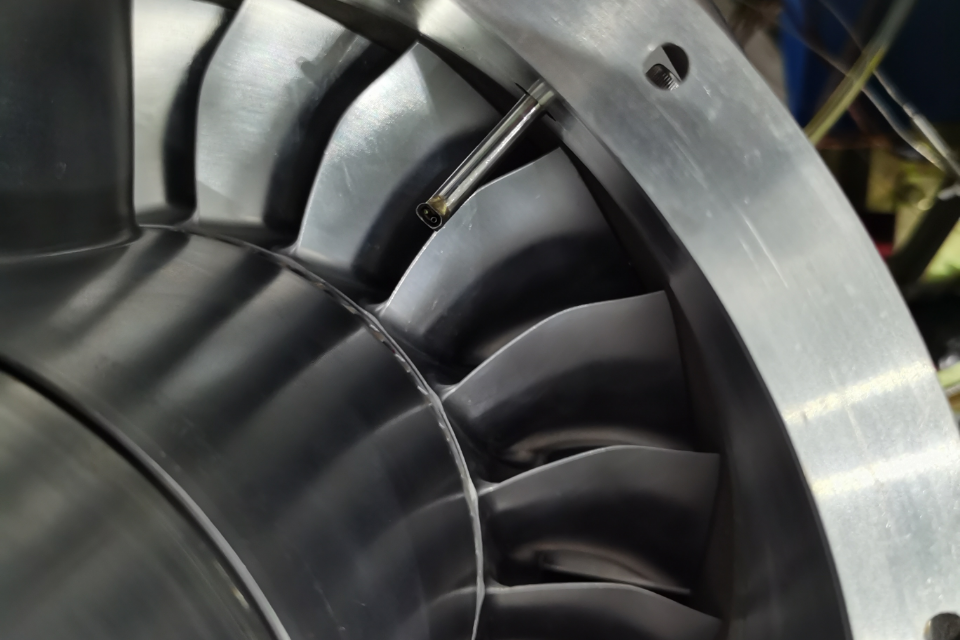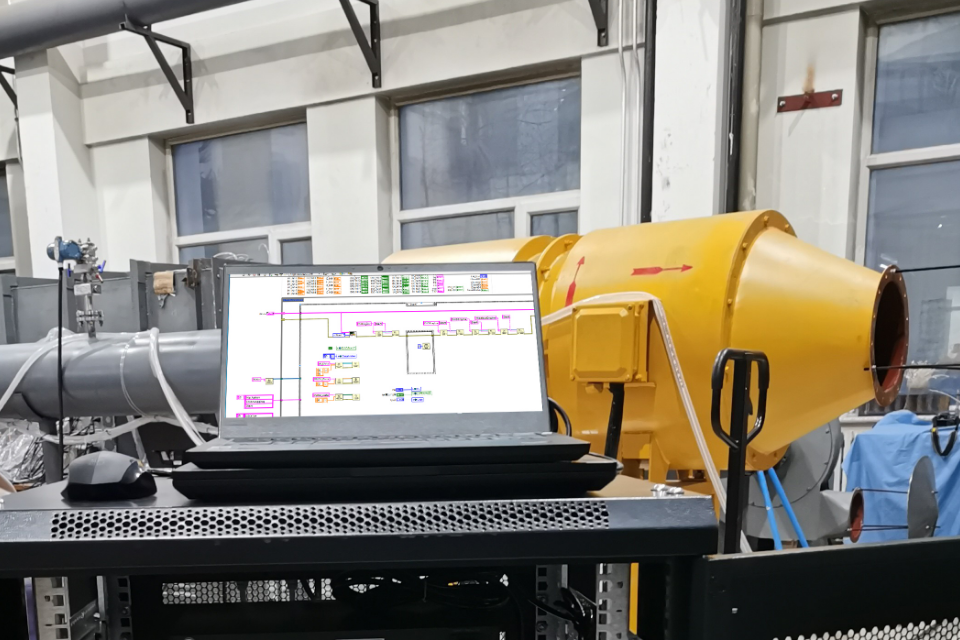1. Teaching experiments: simplify complexity, make various experiments more intuitive
Replacing the dilemma of "multi-wire winding", the layout is more concise: traditional pressure measurement needs to connect sensors and collectors separately for each measurement point, which is complicated, error-prone and takes up space. WindtunerEthernet Intelligent Pressure Scanners integrates a 16-channel high-precision module (scalable) to easily realize multi-point synchronous acquisition and greatly simplify the experimental construction process.
Real-time visual teaching: With special software, dynamic curves such as the pressure distribution on the surface of the wind tunnel airfoil and the pressure difference change in the pipeline flow field can be displayed in real time in the classroom, transforming abstract fluid mechanics theories into intuitive images, significantly improving the teaching effect.
Low-cost and high-precision practice: Its 0.05-level ultra-high precision (several times better than traditional equipment) and modular design allow undergraduates to get in touch with cutting-edge measurement technology and complete verification experiments that used to be supported by expensive equipment at a very low cost.

2. Application scenarios in scientific research in universities
In the university scientific research environment, the application of Pressure Scanners can cover multiple disciplines, especially engineering, physics, environmental science and other directions.
2.1 Fluid mechanics and flow control
In fluid mechanics and aerodynamics experiments, researchers need to accurately control parameters such as pressure, flow rate, and flow rate of the airflow. With Pressure Scanners, students and professors are able to precisely control the pressure of the airflow during the experiment, thereby optimizing the experimental design and ensuring the accuracy of the experimental results. For example, in aerodynamic experiments in automotive, aerospace and other fields, Pressure Scanners can help students simulate different flow field conditions and study the impact of airflow on structures.
2.2 .Thermodynamics and heat exchange research
In thermodynamic research, the relationship between heat exchange and fluid temperature and pressure is very important to the experimental results. Pressure Scanners play a key role in these experiments, being able to precisely control the pressure of the fluid involved in the experiment, helping students analyze the thermodynamic characteristics of the fluid under different pressure conditions.
2.3.Scientific and Climate Research
In the field of environmental science and climate research, Pressure Scanners helps to simulate different climatic conditions, such as the impact of changes in atmospheric pressure on meteorological parameters such as airflow, humidity, and temperature. Researchers can use these data to study climate change, air pollution and other issues in depth, and even provide a theoretical basis for the formulation of environmental protection policies.
2.4.Assist in paper writing and display of scientific research results
Pressure Scanners provides students and professors with reliable data support during academic research. With precise pressure control, researchers can obtain more valuable data in experiments, which can not only help students write experimental reports, but also provide a solid theoretical and experimental basis for paper writing. Specifically, the accuracy and stability of Pressure Scanners can greatly improve the data credibility of the experimental part of the paper, making the experimental design and result analysis part of the paper more rigorous and scientific.
In addition, when the scientific research team conducts multi-point pressure measurement, it often needs to spend a lot of time and energy on manual adjustment, and the use of Pressure Scanners can efficiently complete these tasks and improve experimental efficiency. Through automatic data recording and real-time monitoring, researchers can easily obtain the required data, reduce human error, and improve data accuracy.
3. Improve the efficiency and quality of experiments
Pressure Scanners not only provides support for experimental design and data acquisition, but also makes complex experimental operations easier with its powerful multi-point pressure measurement capabilities. In multi-point testing, the traditional method may require multiple instruments and equipment to operate at the same time, which is troublesome and prone to errors. After using Pressure Scanners, the data of multiple pressure points can be monitored and adjusted in real time on the same device, saving a lot of time and cost. This efficient experimental method not only improves the work efficiency of the laboratory, but also improves the scientific research ability and experimental literacy of students.
Advantages of Customization in Colleges and Universities: Low Cost and High Technology
Range matching on demand: ultra-wide range coverage from 0.36 psi to 650psi (see parameter table), supporting scientific research-grade micro-pressure measurement (such as boundary layer research) and industrial-grade high-pressure scenarios (such as hydraulic systems).
Flexible expansion of modules: In addition to the basic pressure module, an atmospheric pressure/temperature sensor can be equipped to directly output the standard value after correction, reducing the workload of post-processing.
Lightweight and durability: The compact body adapts to small experimental spaces (such as miniature wind tunnels), wide temperature range (-35 ~ 65 °C) and moisture-proof design are not afraid of field test environments.
Facts have proved that the magical use of Pressure Scanners in university research and development is not only reflected in its high-precision and high-efficiency experimental functions, but also provides teachers and students with more scientific research flexibility. Through a customized pressure control system, Pressure Scanners helps students and professors complete more accurate and efficient experiments, promoting the in-depth conduct of academic research.
















